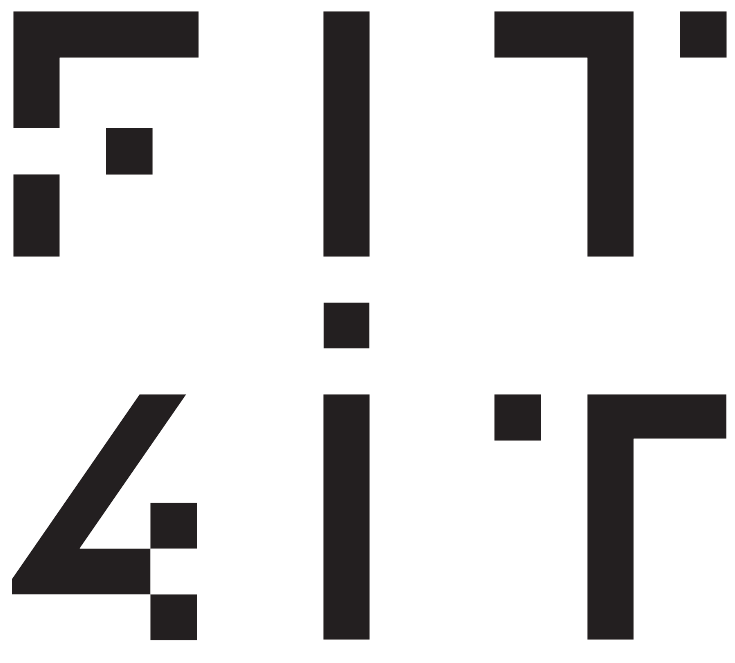Body recomposition means changing body shape with more muscle and less fat. This involves cutting the fat, which involves losing weight strategies and bulking the muscle at the same time. That’s why you need the right diet, training, and rest for this to work. While the recomposition process may feel slow to many, the results last longer.
Most people make mistakes like neglecting protein or doing too much cardio, as these mistakes kill progress. This article gives you key steps on nutrition timing, training, recovery, and adjustments to make the recomposition easier.
Nutritional Foundation
The base of all successful body recomposition strategies is getting your macros and calories right. First, estimate your maintenance calories, then decide on a deficit or cycling. Since protein matters a lot in body recomposition, you should give special attention to consuming it. We have a dedicated guide on calculating calories and deciding a deficit to lose weight that you should definitely check.

Nutrition is the primary element in a body recomposition strategy
Many studies, including a PubMed research, recommend around 1.6 to 2.2g of protein per kilogram body weight for muscle preservation while losing fat. On the other hand, carbs fuel performance, while fats support hormones.
Your focus should be on whole foods with less sugar and fiber-rich foods, as they improve performance and recovery. A brief overview of the plan is:
- Target protein intake is around 1.6 to 2.2g per kg body weight daily.
- Use calorie cycling, i.e., higher intake training days and modest deficit on rest days.
- Prioritize complex carbs and quality fats to support energy and hormones.
Training Protocol
Strength training is the central element when doing body recomposition. Resistance work stimulates muscle growth and helps prevent muscle loss when in a calorie deficit. Similarly, compound movements like squats, deadlifts, bench press, and rows allow greater muscle stimulus.
While doing resistance training, you should also add progressive overload by gradually increasing weight, reps, or volume over time. You can add 2 to 5 sessions of cardio per week. That’s because it supports fat loss, especially HIIT or Zone-2. However, too much cardio may interfere with muscle gains.
In such cases, taking guidance from a professional fitness trainer is highly recommended. If you are in Dubai, FIT4IT addresses this issue by offering customized training plans for body recomposition and one-on-one training sessions. However, if you want to find your own way, here is a simple training strategy table to assist you:
| Element | Beginner Level | Advanced Adjustment |
|---|---|---|
| Frequency | 2-3 strength sessions/week | 4-5 sessions/week |
| Volume | Moderate sets (e.g. 3×8-12) | Higher volume, more compound work |
| Cardio | 1-2 low-intensity or steady-state days | Add HIIT but limit interference |
| Overload | Increase reps or weight every 2-4 weeks | Use drop sets, superset, or tempo variation |
Calorie And Deficit Management
This is where most people get confused while on their body recomposition journey. Creating a calorie deficit helps fat loss, while maintaining some surplus or maintenance phases supports muscle growth. The best way forward is to alternate or average out calories across the week.

Expert guidance can help decide a safe deficit
You need to be extra careful because too large a deficit can lead to muscle loss or metabolic slowdown. Similarly, too small a deficit may stall fat loss. Research published in the Journal of Obesity and Metabolic Syndrome recommends a moderate deficit of around 250 to 500 calories per day below maintenance.
Additionally, include maintenance days, as they help reset hormones, support recovery, and preserve muscle. You might need to adjust your calories if:
- Fat loss stalls for 2 to 3 weeks, reduce intake by 100 to 200 calories.
- If strength is dropping, increase calories or reduce the deficit.
- On heavy training days, use higher carb intake.
- Use maintenance days or refeed days strategically.
Protein Timing And Meal Distribution
Protein is the main nutrient in your diet that determines how successful your body recomposition strategies are. These strategies work better when you spread protein evenly throughout the day. Muscle protein synthesis becomes more efficient with multiple protein feeds rather than a single large protein meal.
Proper distribution is also important because pre- and post-workout protein helps recovery. Also, protein before sleep has been shown to support overnight repair. Since it is a confusing subject to devise a meal plan with proper nutrient distribution, it is better to take help from FIT4IT’s personal nutritionists.
Plus, here is a breakdown table that you can use as a reference:
| Meal | Recommended Protein Amount | Purpose |
|---|---|---|
| Pre-workout (1-2h before) | 20-30g | Fuel training reduces muscle breakdown |
| Post-workout (within one h) | 30-40g | Stimulate repair and replenish glycogen |
| Each regular meal | 25-40g every 3-4h | Maintain synthesis and control appetite |
| Before Sleep | 20-30g | Support overnight muscle recovery |
Cardio And Conditioning
As explained, cardio helps with fat loss and cardiovascular health, but must be placed smartly to avoid interfering with muscle growth. To avoid this, use two types, i.e., steady state (Zone-2) and HIIT. HIIT burns more calories in a shorter time and boosts metabolic rate after the session.

Cardio helps with losing fat
Alternatively, steady state supports recovery, fat oxidation, and calorie burn without muscular stress. The best way forward would be to use 1 to 2 HIIT sessions weekly and 2 to 3 steady-state or low-impact days. Another important thing is to monitor your recovery. If cardio causes fatigue or a strength drop, it is better to reduce frequency.
Recovery And Rest
What most people don’t understand is that muscles grow when you rest, not when you train. So, apart from your training, good sleep, adequate rest days, stress management, and recovery strategies are very important. Without recovery, training and nutrition improvements stall.
If you are serious about your body recomposition, you must aim for 7 to 9 hours of sleep every night. Along with that, active recovery through adding yoga or walking, rest days, and deload weeks (every 6 to 8 weeks) should be an important part of your body recomposition strategies. Also monitor overtraining signs, such as chronic fatigue, increased soreness, and mood drops.
Tracking And Adjustments
You can only know your recomposition strategies are working by tracking progress, which makes these strategies visible and adjustable. These are the key metrics you should regularly track:
- Strength improvements
- Lean mass/fat mass
- Body measurements
- Progress photos
Progress tracking ensures you are on the right path
We are not relying completely on scale, as it can mislead since muscle weighs more than fat. In such cases, you can also use body composition tools like skinfolds, DEXA, or reliable impedance. When things stall, re-evaluate your whole plan, including food, training volume, and rest. The following table will guide you in tracking your progress:
| Metric Type | Example Measures | When To Adjust |
|---|---|---|
| Strength | Lift weights, reps, training volume | If strength declines or stagnates |
| Body Composition | Lean mass vs fat % via scans or calipers | If fat not dropping or muscle loss seen |
| Measurements | Waist, hip, arm circumferences | If visual progress lags |
| Recovery / Energy | Sleep quality, morning fatigue | If low, adapt schedule or nutrition |
Mindset And Consistency
Even with perfect nutrition and training, consistency and mindset separate those who succeed from those who stall. First of all, you must set realistic expectations. Celebrate small wins like lifting heavier, endurance increasing, and clothes fitting differently.
Do not get discouraged when the scale doesn’t move. Instead, you should focus your efforts on behaviors you can control, such as training, eating, and rest. In such times, guidance from professional life coaches can be very helpful, as they help stay motivated and focused. Here are a few tips to stay focused:
- Set both short-term and long-term goals to maintain high motivation.
- Track non-scale victories, like strength, appearance, and energy.
- Accept occasional setbacks without letting them derail you.
- Get support from coaches, partners, and the community.
Final Words
Body recomposition strategies are effective when you combine nutrition, strength training, cardio, proper rest, and tracking to alter the fat-to-muscle ratio. It isn’t fast, but with consistency, you’ll gain lean tissue while losing fat. The above guide provides a brief yet clear blueprint for you to get started.
If you want help building plans that fit your body, schedule, and goals, FIT4IT’s professional trainers can design custom recomposition programs that make this process smoother and more effective.
Was this helpful?
Good job! Please give your positive feedback
How could we improve this post? Please Help us.






No Comments